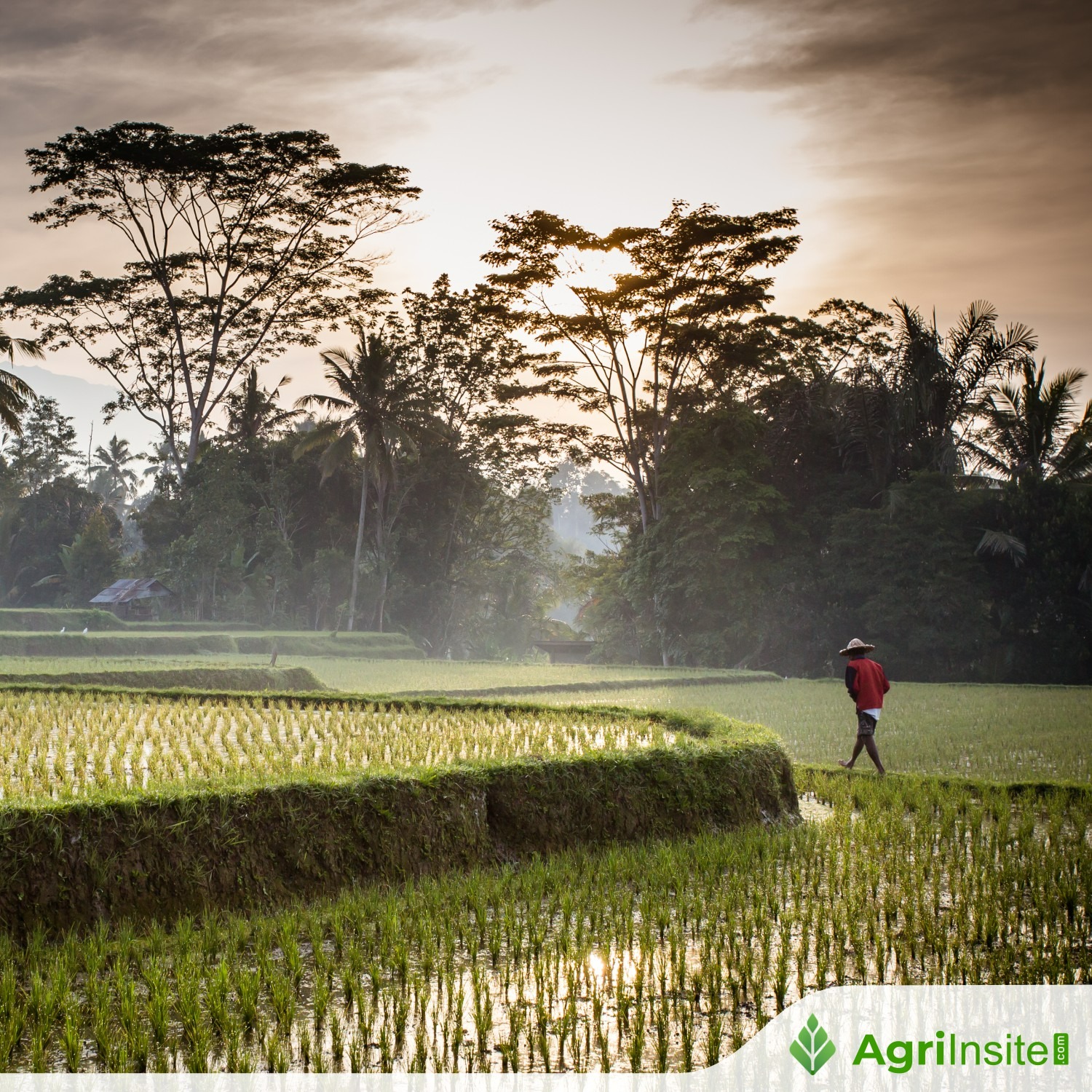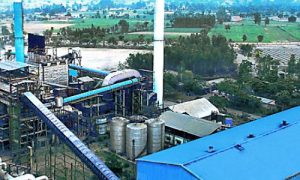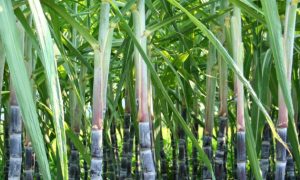India: Rice sowing hits fresh peak in kharif season 2025-26; acreage expands by 5.91 lakh hectares

For the 2025-26 kharif season, India’s rice acreage rose 5.91 lakh hectares to 441.58 lakh hectares, above the five-year average of 403.09 lakh hectares. Timely monsoon rains, higher MSP, and assured government procurement encouraged planting, especially in eastern, southern, and central states. The larger area boosts near-term supply and supports central reserve replenishment.
India’s rice acreage for the 2025-26 kharif season has climbed up by 5.91 lakh hectares to 441.58 lakh hectares from 435.68 lakh hectares in the same period last year, data from the Department of Agriculture and Farmers Welfare (DA&FW) showed. The current coverage is also well above the normal area of 403.09 lakh hectares, based on the five-year average from 2019-20 to 2023-24.
Officials and trade analysts attribute the acreage gain to timely and well-distributed monsoon rainfall, which enabled farmers to begin transplanting earlier than usual across key producing belts. Planting momentum has been particularly strong in eastern, southern, and central states, where rainfall has aligned with sowing windows.
Prices, procurement trends, policies shape farmer choices
Market participants say farmers’ decisions have also been underpinned by this season’s higher Minimum Support Price and expectations of continued government procurement. With rice remaining the most secure kharif cereal from a price and offtake perspective, growers have shown little inclination to shift to pulses or coarse grains amid mixed trends in other crop categories.
Analysts note that the sustained policy focus on irrigation, paddy procurement and buffer stock maintenance has provided a predictable floor for producer returns, encouraging the expansion of sown area.
Supply outlook strengthens as harvest approaches
The rise in acreage has eased near-term supply concerns and improved the outlook for replenishing central reserves. Traders expect that if weather conditions hold through the reproductive and harvesting phases, the larger planted area could translate into higher market arrivals from October onwards.
Government agencies are monitoring crop progress as harvesting nears in early-planted zones. Market watchers say the production trajectory over the next two months will determine procurement volumes and influence export policy discussions, particularly if domestic stocks exceed food security norms.
To Read more about Rice News continue reading Agriinsite.com
Source : Bigmint














